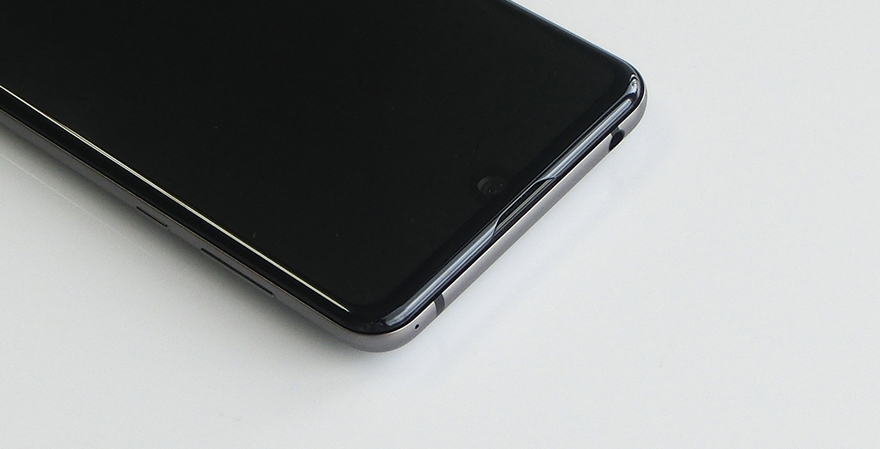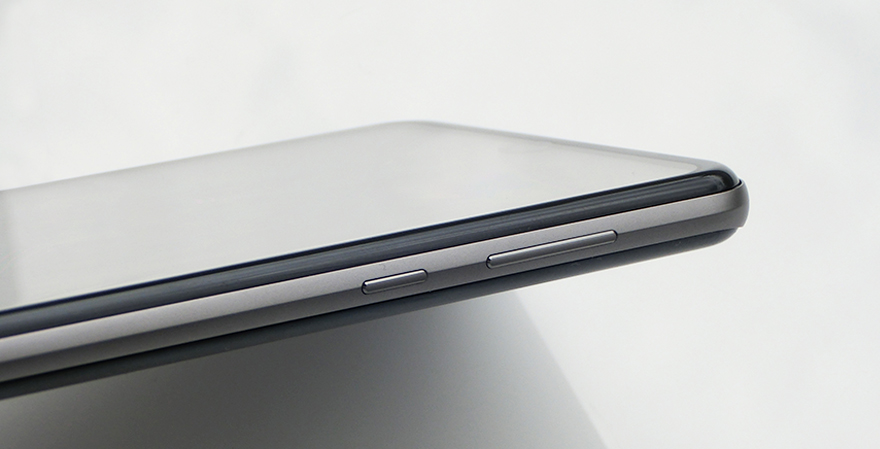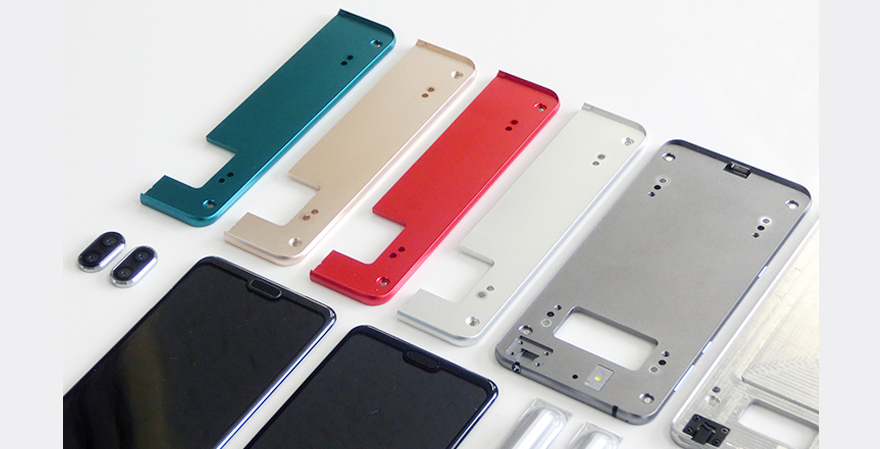AQUOS R3
Creating products that inspire attachment
I designed the AQUOS R3 with the idea that I wanted it to feel familiar in the hand, and have an appearance with a shape that is free of unnecessary elements. I proposed a symmetrically rounded form for the display and back surfaces, and tried to use curved glass on both sides for the first time in the R Series. However, in order to realize a design with all four sides curving equally with the minimum radius, reliability against glass cracking had to be achieved. This was a great obstacle. In order to prevent glass cracking, we had to precisely design the rib structure of the frame and the attachment methods. To do this, while trying challenging design approaches together with related divisions, we persistently repeated a process of trial and error. In the end, we achieved a pure simple form with equal glass curvature all around. I hope you will try holding one in your hand in a shop to experience its comfortable curves.
For many people, smartphones are indispensable items in their daily lives. For this reason, I am always thinking about what can be done through design to allow people to have a greater sense of closeness to them. I want to continue creating products that inspire attachment, combining comfortable operation and reliability that enables use with peace of mind.
Related information
Note: The department that the author belongs to and the content of the article are correct at the time of writing.
Product
田中 隆士
Takashi Tanaka




